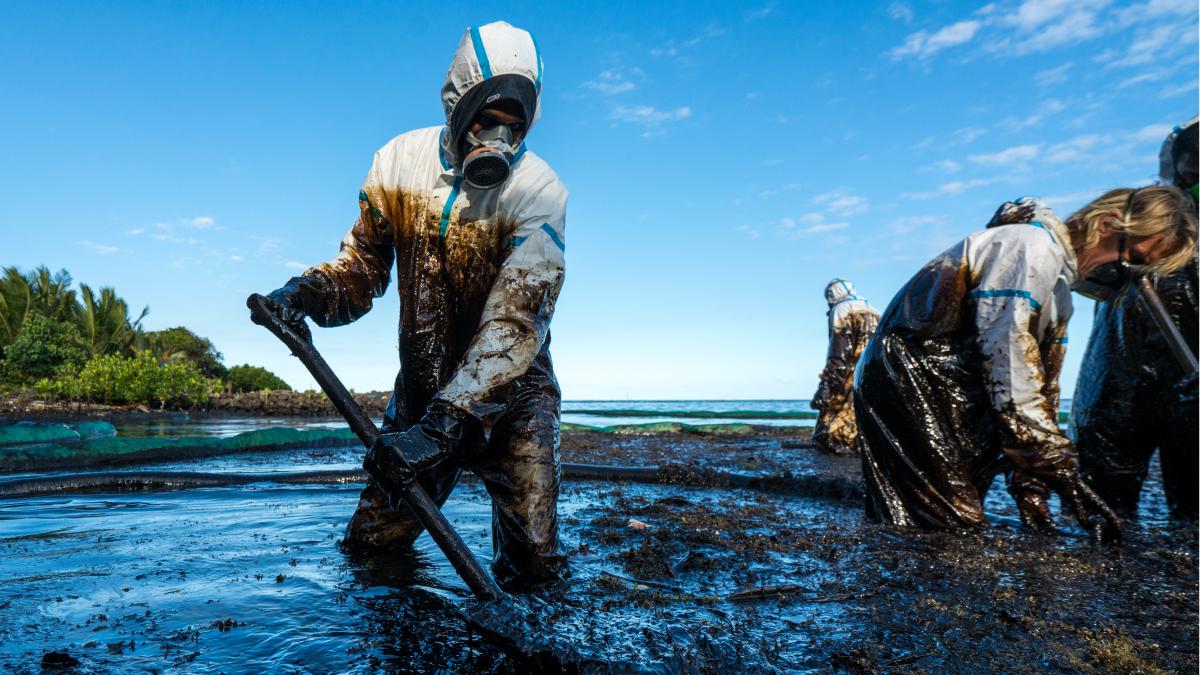EMODnet Chemistry collects QA/QC questionnaire results on data for marine pollution assessment

The most important results of the questionnaire carried out by EMODnet Chemistry to investigate what quality assurance (QA) and quality control (QC) procedures are currently adopted by laboratories involved in EMODnet Chemistry are presented below, while the background and structure were explained in the web news ‘New information collected for a better assessment of marine pollution’.
In accordance with the requirements of the MSFD, other EU environmental directives, and Regional Sea Conventions, the Member States had to develop a common approach to monitor and assess marine pollution. Within this context, EMODnet Chemistry has been working since 2009 to overcome the great heterogeneity and fragmentation in terms of data availability, sampling protocols, analytical methods and QA and QC procedures. These were a major concern in the first cycle of the MSFD, especially for the Mediterranean and Black seas, as highlighted in the Quality Status Reports and the 2020 Report from the Commission to the European Parliament and the Council on the implementation of the Marine Strategy Framework Directive.
We have chosen the content of this fully revised questionnaire on the basis of the following considerations. First, although the adoption of the FAIR principles has since led to significant improvements in data sharing, the poor quality and comparability of marine pollutant data or the lack of information on their assessment still affect their use and/or interoperability and consequently the assessment of regional/sub-regional water quality. Second, the suitability of data for this purpose is highly dependent on the use of harmonised and well-documented sampling methods, pre-treatments, analytical techniques and QA/QC procedures, which were the focus of our questionnaire.
The content of the questionnaire was based on the metadata requirements of the European Environment Agency, International Council for the Exploration of the Sea, Mediterranean Action Plan of the United Nations Environment Programme, and NORMAN Network, which focuses on emerging environmental substances. The questionnaire was sent out in November 2022 to 33 scientific institutions and marine monitoring laboratories in 26 European countries that contribute pollutant data to EMODnet Chemistry. Forty-two questionnaires were received from 21 institutes from 18 countries, and included information on ~90% of the substances listed in EU legislation on priority substances. Each questionnaire was assigned a DOI to facilitate permanent access of this information and all DOIs are available at Digital Object identifier.
.Some institutes included information referring to several laboratories within the same questionnaire; therefore, information was collected from a total of 64 individual laboratories, with 46 laboratories providing information on the seawater matrix, 24 on the biota matrix, and 26 on the sediment matrix.
The results indicate that QA procedures are more consolidated and adopted for the analysis of seawater and sediment compared with biota. Despite the variability among the different laboratories, the majority of laboratory activities are performed by qualified staff and equipment is properly maintained and calibrated prior to analysis.
Concerning field sampling, the questionnaire results reveal that biota samples are collected by numerous groups of methods, reflecting the many different species, whereas seawater samples are mainly collected using discrete water samplers and CTDs, and sediment samples are mainly collected using corers and grabs.
The questionnaire also allowed information on the Limit of Quantifications (LoQs) of different substances to be collected. The LoQ is the lowest level that an analyte can be quantitated with any degree of certainty. Various methods were reported for calculating the LoQ and some wide inter-laboratory/inter-instrument variations for the LoQs of the same substances were observed, such as the difference between the LoQs reported for pyrene in seawater between different laboratories for the same analytical method. Accordingly, the results of the questionnaires suggest that it could be beneficial to recommend and share IUPAC’s LoD/LoQ calculation methods between EMODnet participating laboratories.
In conclusion, the results indicate an overall good level of laboratory proficiency; however, heterogeneities in sampling protocols and analytical methods were observed, indicating the potential for greater harmonisation. While laboratory performance and equipment depend on institutional resources that vary from country to country, sharing detailed QA/QC information related to data is essential to improve data reliability and reusability. In the future, the questionnaire could be amended to try to obtain clearer information in some cases. The support provided by EMODnet in implementing the MSFD is an ongoing process where stakeholders learn by doing and the system improves over time.
More information will be available soon on a scientific paper (under review) that deals with the questionnaire.
